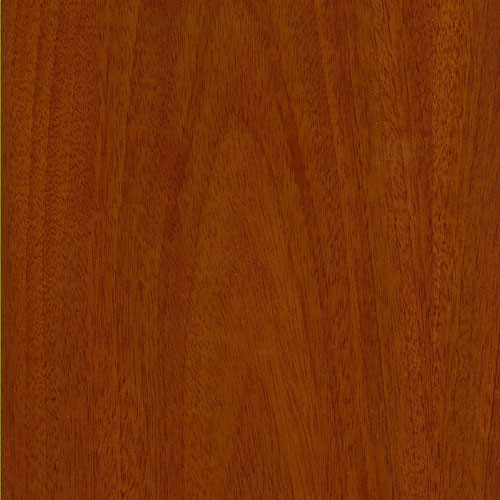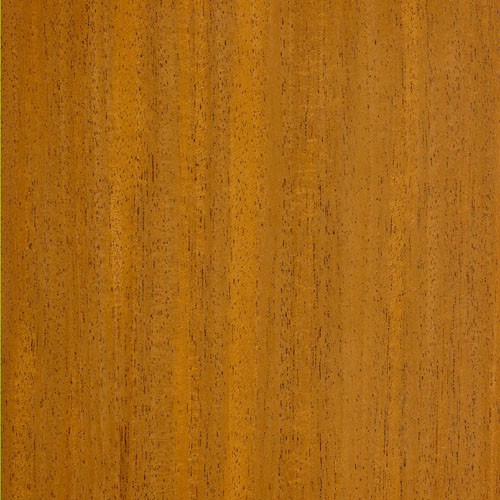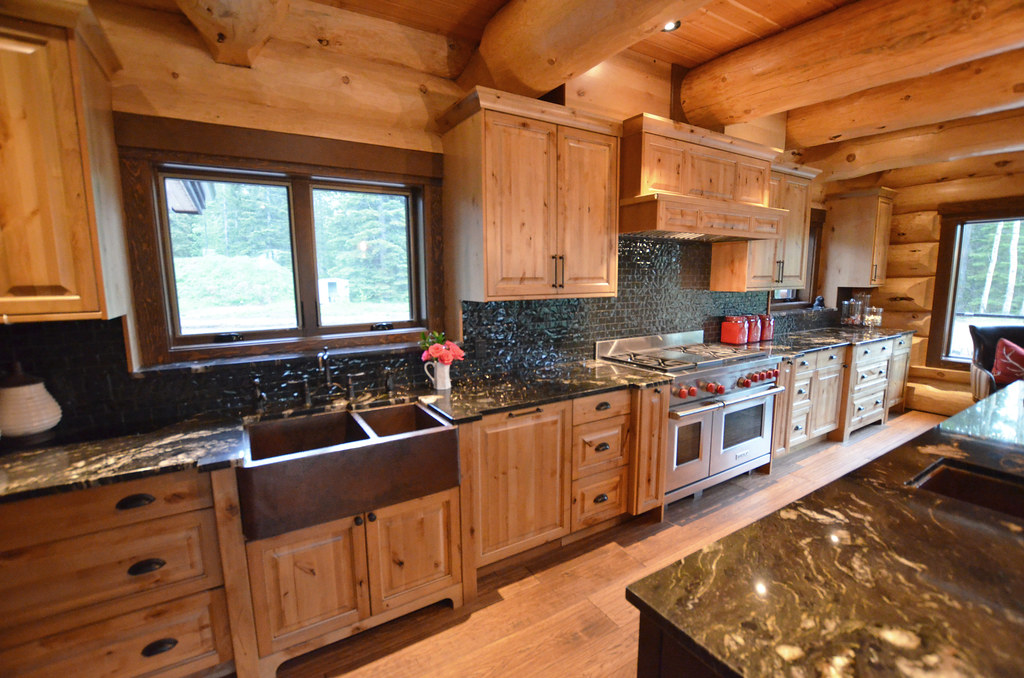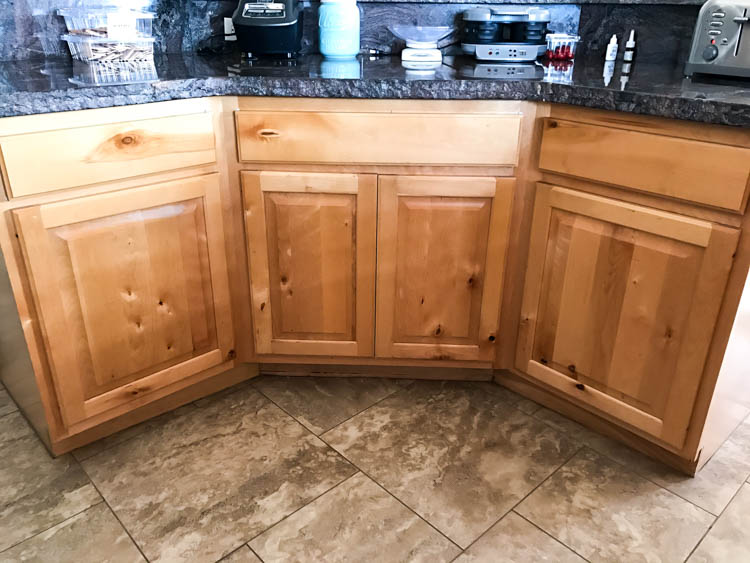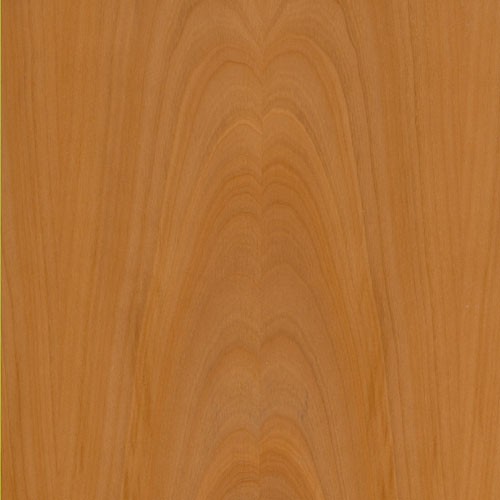African Mahogany
A tall, tropical tree, African Mahogany grows natively in Western and Central Africa, populating lowland rainforests from Sierra Leone to Nigeria and down to Angola.
A species from the Khaya genus, it is a beautiful wood, similar to the true Mahoganies of the Swietenia genus. Though it does lack the deeper reddish brown color or durability of those species. On the upside, African Mahogany is about 50% harder than most Mahoganies, and often proves to be a far more affordable alternative to Genuine Mahogany or Honduran Mahogany.
And still, from an appearance standpoint, African Mahogany ranks among the most beautiful species on earth. Its heartwood ranges from a very pale pink to a deeper reddish brown — sometimes with medium to dark reddish brown streaks — that tends to darken with age. And while its sapwood is a creamy white color, it’s not always clearly demarcated. The grain is straight to interlocked, with a medium to coarse texture, good luster, and strong chatoyancy.
For any application requiring the visual impact of true Mahogany without the heavy price, African Mahogany makes a brilliant choice. Especially for wood veneer, architectural plywood, furniture, boatbuilding, and interior trim.
Species Distribution:
Tropical Western Africa
Central Western Africa
Sierra Leone
Liberia
Ivory Coast
Ghana
Nigeria
Cameroon
Gabon
Angola
Ivory Coast to Cameroon, south to Angola
Common / Alternative Names:
African Mahogany
Lagos Mahogany
Munyama (Uganda)
Acajou d’Afrique (Ivory Coast)
Dubini (Ghana)
Dukuma fufu (Ghana)
Ogwango (Nigeria)
Janka Hardness:
1,070 lbf
Sustainability Status:
CITES Appendices: Not listed
IUCN Red List of Threatened Species: Listed as vulnerable due to a population reduction of over 20% in the past three generations, caused by a decline in its natural range, and exploitation.


